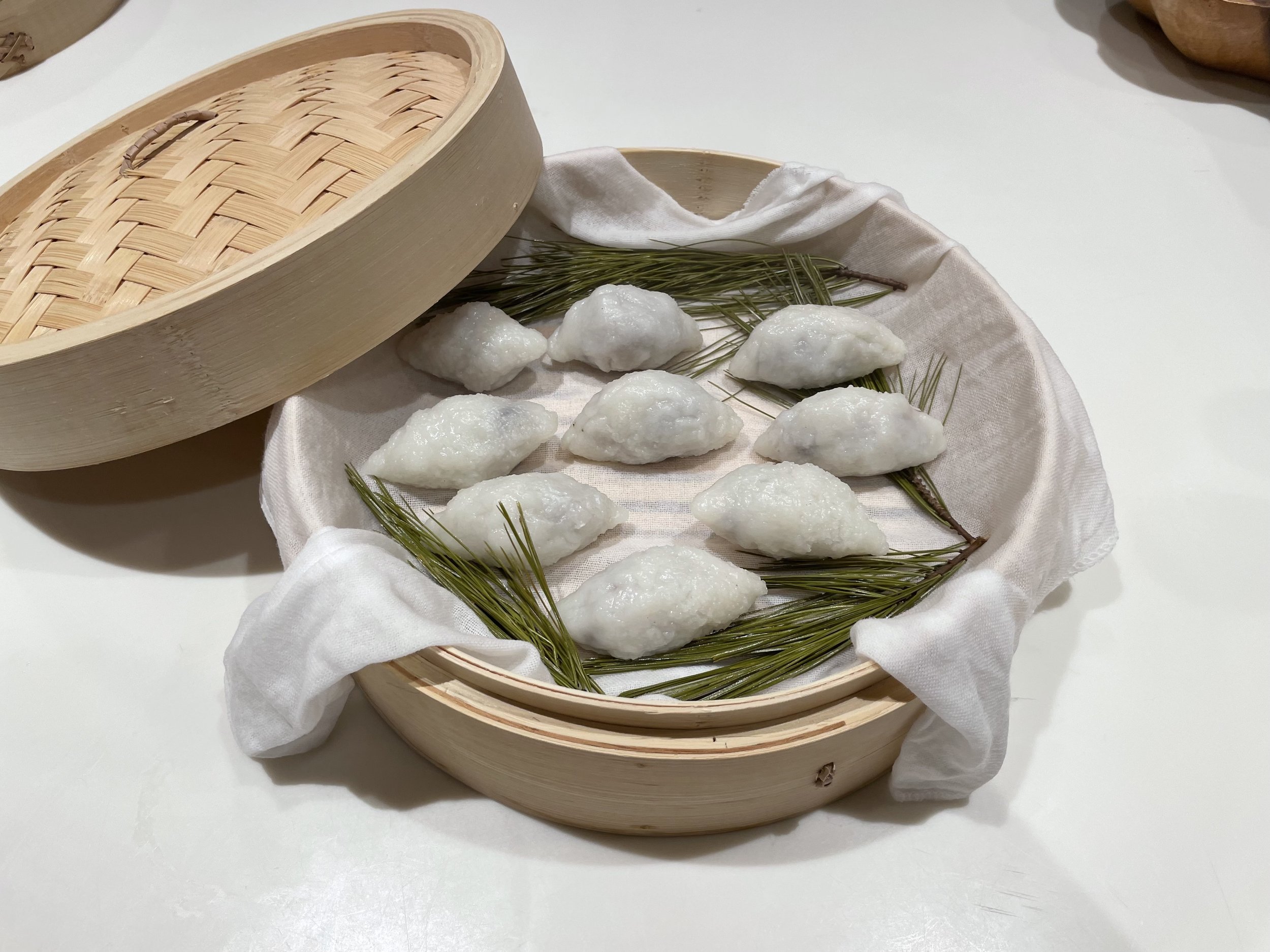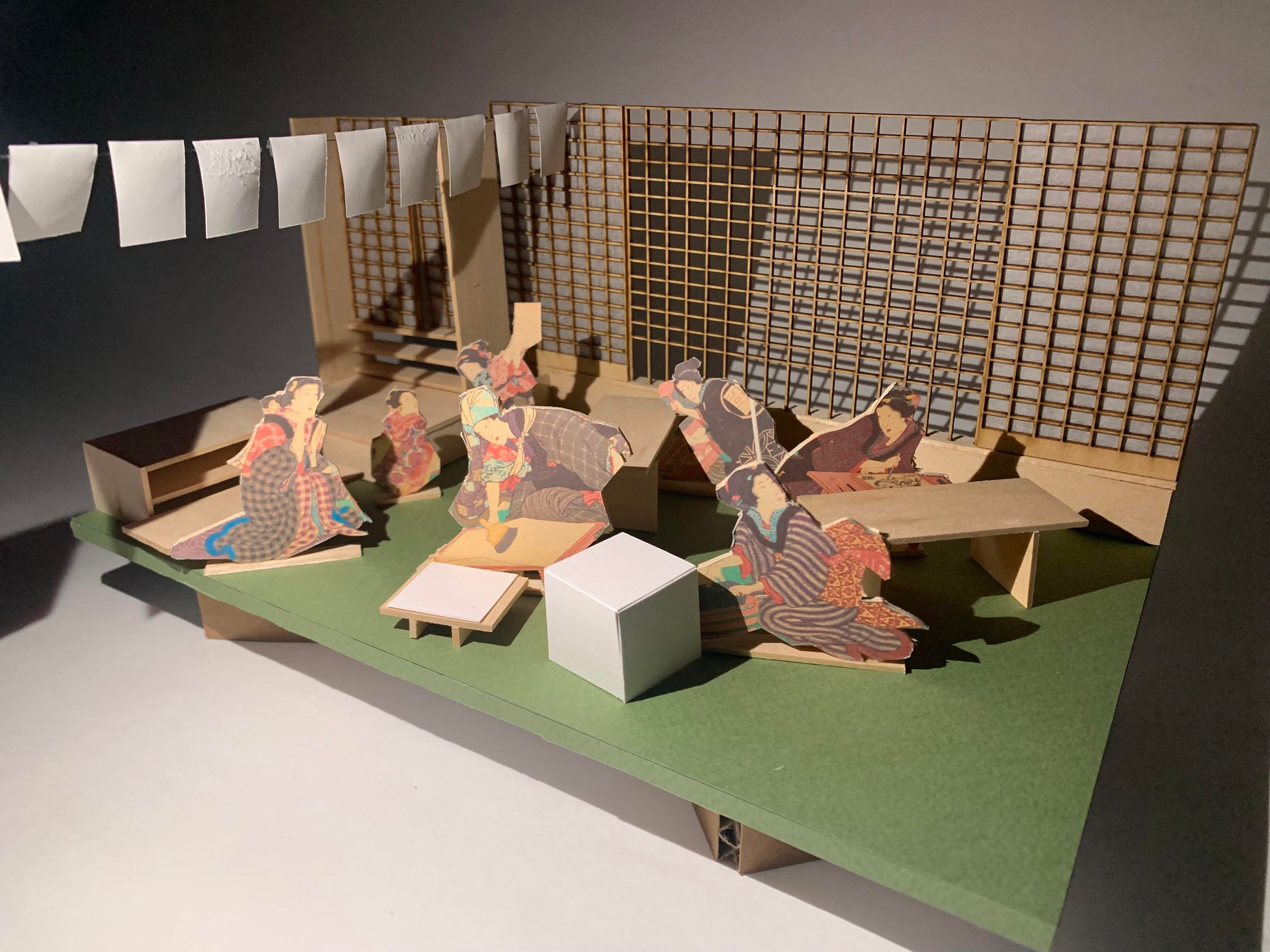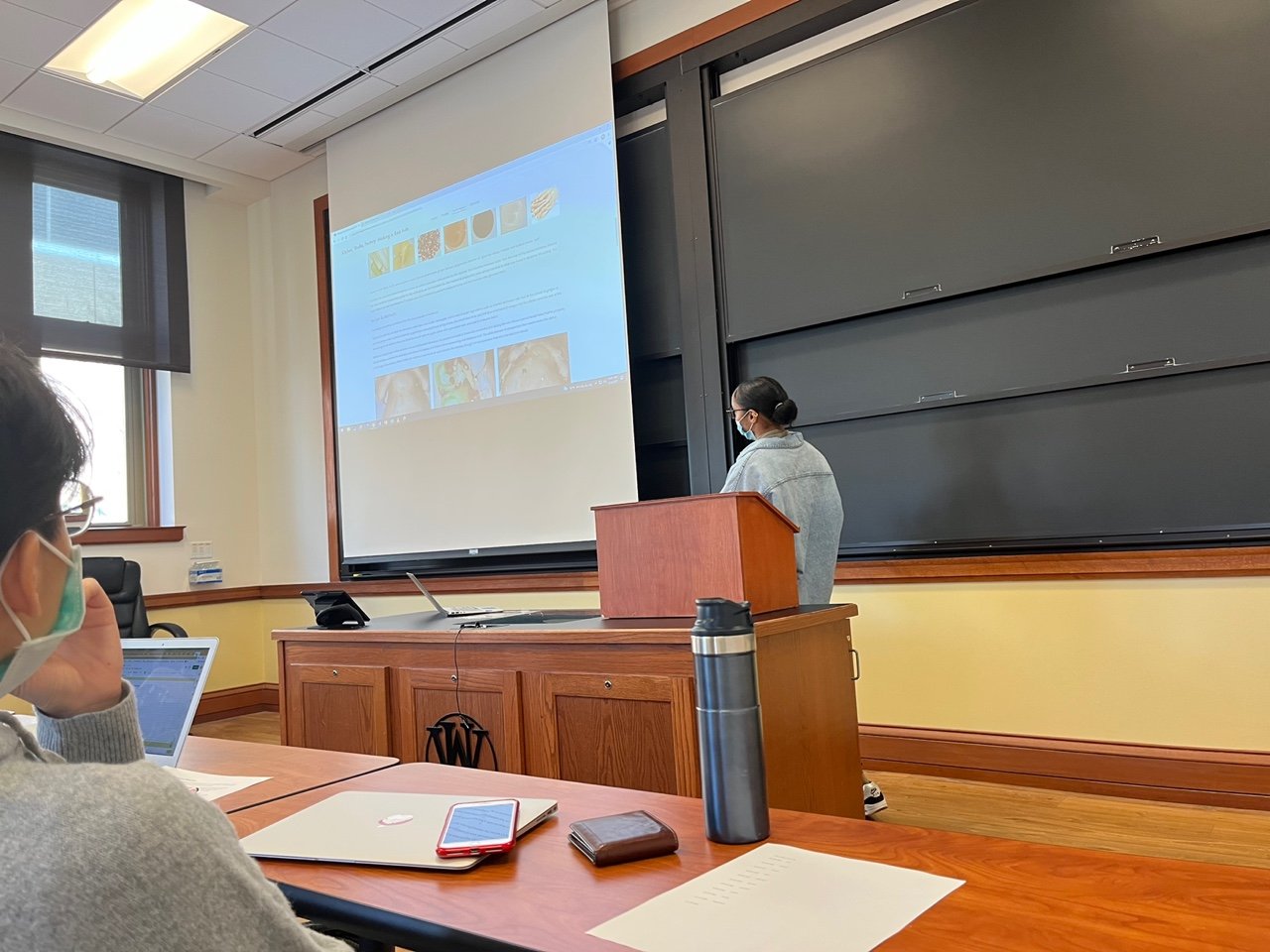
A WashU Course on the History of East Asian Crafts
EALC 3900 | EALC Seminar, “Kitchen, Studio, Factory: Making in East Asia”
How do artisans approach the task of making? If different cultures of making exist, what forms do they take and why? In this course, we will explore these and other questions concerning the central human activity that is the production of material objects. From a Korean paper maker, to a Japanese clockmaker, and to the Shanzhai cellphone manufacturers, makers in East Asia have distinguished themselves throughout history. To understand their ways of production—and how these, in turn, evolved alongside broader changes in society and culture—is the aim of this course. We begin by appreciating the challenges of studying making cultures and the importance of material, hands-on research, which involves, for instance, cooking with historical recipes. We then investigate the history of artisanship in relation to social structures and statecraft; and the many ways in which it unfolded in Korea, Japan, and China, and across various artifacts—from kimchi and porcelain to steam engines and Van Gogh paintings. As the term project, students will “rework” a historical recipe or artifact from East Asia before the modern era. During this process, students will learn by doing and explore the tacit knowledge involved in the creation and maintenance of craft practices."Rework" Projects by Students
As the capstone for this course, students rework a historical artifact or technique from premodern East Asia. Because this class explores so much material that is at the cutting edge of new research, the best way for students to learn is to recreate some of the material themselves. The project can take various forms: you may experiment with a historical food recipe; reenact a technique (e.g., embroidery, food preservation/fermentation); or reconstruct an object, based on historical images, instructions, and technical specifications or actual specimens from museum/private collections. For the last option, you can either rework in full-scale, imitating the target object to the greatest extent possible, or in reduced-scale, mocking it up through the medium of your choice (e.g., wood, cardboard, poster board, foam board, 3D).

















